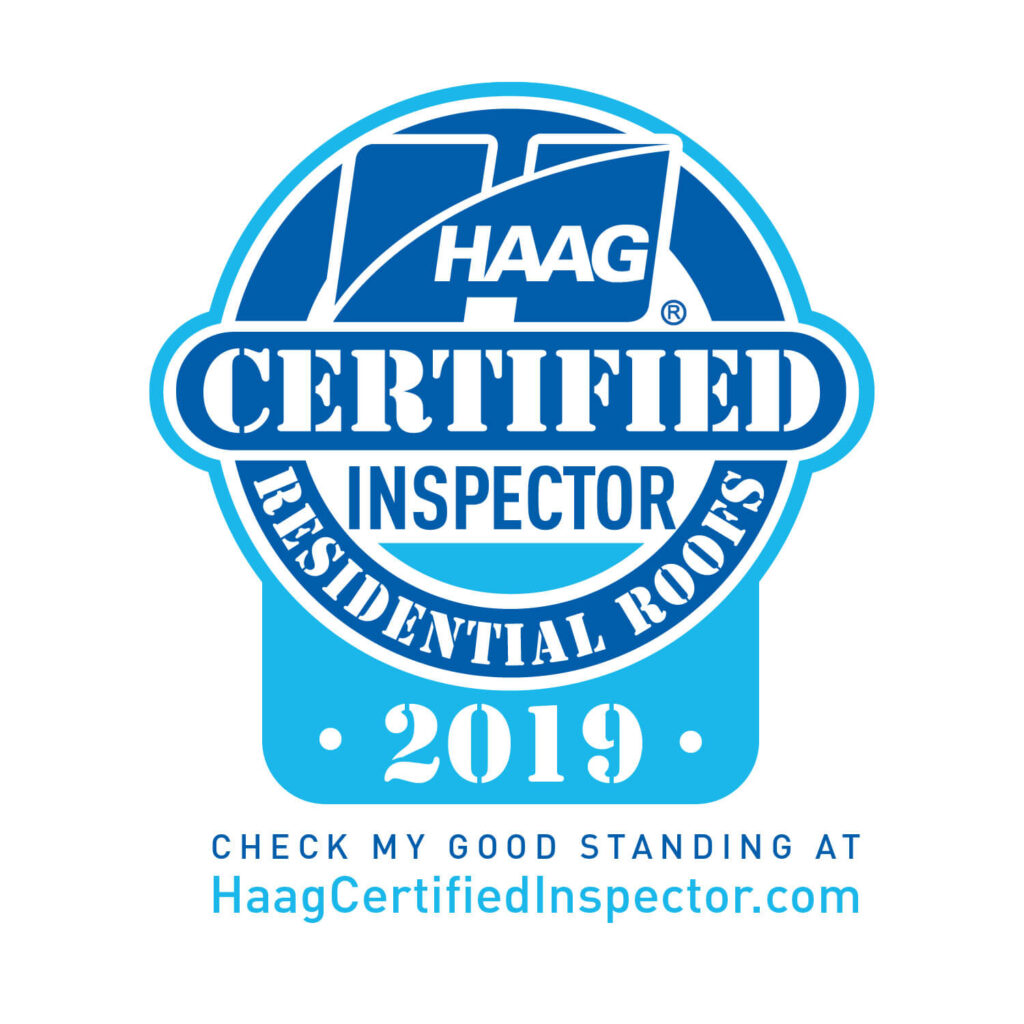Every professional roofer should think about roof ventilation before start shingling a roof. This is because the effectiveness of the ventilation system directly affects how the asphalt shingles, sheathing, and framing will last.
Unvented or poorly vented roofs will surely cause trouble. Condensation moisture trapped in the ceiling space or attic can dampen and compress insulation, and rot structural framing. Unvented roofs also have no pathway to channel heated air away from underneath the roof sheathing and heating ceiling insulation. As a result, a higher roof surface temperature can cause premature aging, blistering, curling in asphalt shingles.
Minimum ventilation requirements
The minimum ventilation requirements by the National Building Code are 1 sq. ft. of vent opening for every 300 sq. ft. of ceiling area. For low slope roofs or those with cathedral ceilings, the ratio is 1 sq. ft./150 sq. ft. The vent openings shall be uniformly distributed on opposite sides of the building. For example, the best arrangement for roof vents is to have half of them located low on the roof along the eaves or soffit and the other half located near the ridge.
How to calculate vent area:
- Measure the interior finished ceiling square footage. Always overestimate the ceiling area when you have some doubts. For illustration purpose, let’s suppose the total ceiling area for the house is 2,000 sq. ft.
- Divide the total ceiling area by 300 or 150, depending which requirement you are using. Here, let’s use 2,000/300 = 6.8 sq. ft. This mean your total vent area needed is 6.8 sq. ft. (or 960 sq. in.) for the roof. More specifically, 3.4 sq. ft (480 sq. in.) at ridge and equally 3.4 sq. ft. (480 sq. in.) at soffit.
- Translate the total vent area to the numbers of vent needed. There are many types of vents out there in the market, and each piece comes with a specific net free vent area (NFVA). Divide the vent area in step 2 at ridge and soffit by the NFVA, and then determine how many vents to install. One the most commonly used exhaust vents are the low profile box vents, suppose their NFVA is approximately 0.56 sq. ft. then you would need at least 6 (3.4/0.56) of these exhaust vents close to the ridge in order to meet the minimum ventilation requirements.
There is no harm if a house is over ventilated; however, under ventilation will void your shingle warranty and bring potential problems to your roof shingles, sheathing, framing, insulation and increase the likelihood of ice damning.
In part 2 of the article, we will explain different types of popular vents in the market as well as introducing the ventilation system we trust and recommend to every homeowner.






